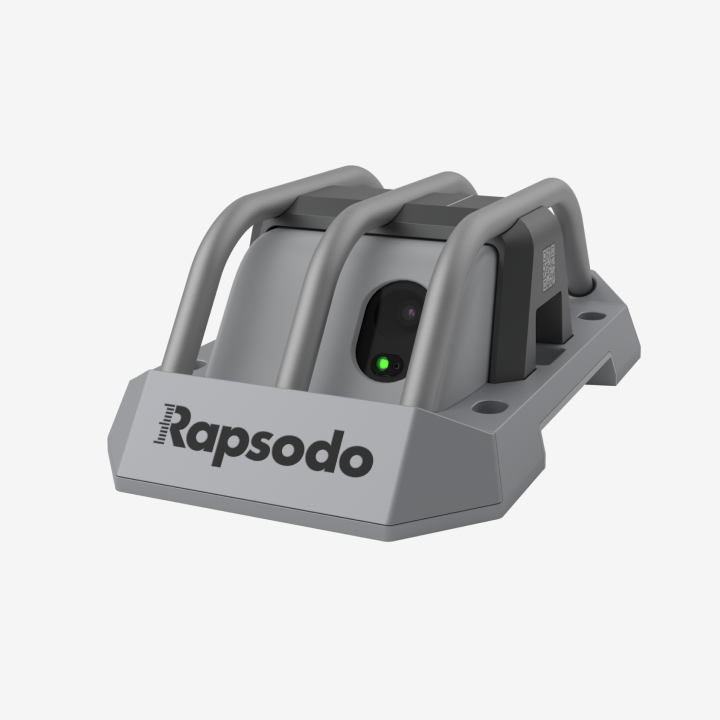The following article was written from a coach’s perspective. Josh Johnson is an assistant softball coach at Mississippi State University and uses Rapsodo PITCHING 2.0 with his pitchers.
This past weekend a friend was in town to play us and I asked if he would like to use our Rapsodo on his kids. He said yes and specifically wanted to have one of his best kids throw on it because he couldn’t figure out why one of her pitches was so effective and why it looked so different from anything he’d seen.
We hooked it up and she began throwing. What he discovered was hand-side run on her rise ball! Not only was her spin very efficient but she also had a “unique” aspect to her rise that very few players have, if any. I have had a lot of pitchers throw with me on the Rapsodo and I have never seen it. That element of her pitch was possibly the very reason she was so successful, and why this technology is so important.
I presented at the NFCA on the difference between pitch design and pitch development. For years I thought only about pitch development and creating better spin efficiency.
I taught lessons, which makes sense, but then when I got into college coaching I continued along the the thought path that all pitches must spin “straight”. But time and time again I’d be watching the NCAA Women’s College World Series and see uber successful kids throwing a bullet spin and winning big games.
Then, in the summer of 2017 I got my first Rapsodo unit that things started to change. I started to understand why those pitches worked, and, what we might be missing with other pitches.
At first, I would look at the spin of each pitch with the thought that I’d be able to see the spin direction and coax a player into correcting it. And, with some mild success, I would be able to do that, but not to any crazy degree of improvement.
As time went on I could gather more information. I started to look at all the pitches each player threw and started to see value in “not so good” pitches. This was how I learned to DESIGN pitches and more importantly, PLANS.
What then happened was interesting, and nothing my younger self could have even fathomed. I was working with a former pitcher who was struggling a little her senior year.
Her drop had been effective into right-handed hitters but was starting to tail toward her glove side and back across the middle of the plate. We had lost her ability to attack inside. Every time she tried to gas up that pitch hitters would kill it. Sure, it was working better to lefties, but righties were now killing us. But we had thrown her fastball on the Rapsodo and it wasn’t doing that. It held a true line unlike the rest of her pitches. PLUS, it was 3 mph harder! The second half of her senior year she was incredible.
Design is a plan. Design is using and tweeking what we already do well. Design is making pitchers better.









